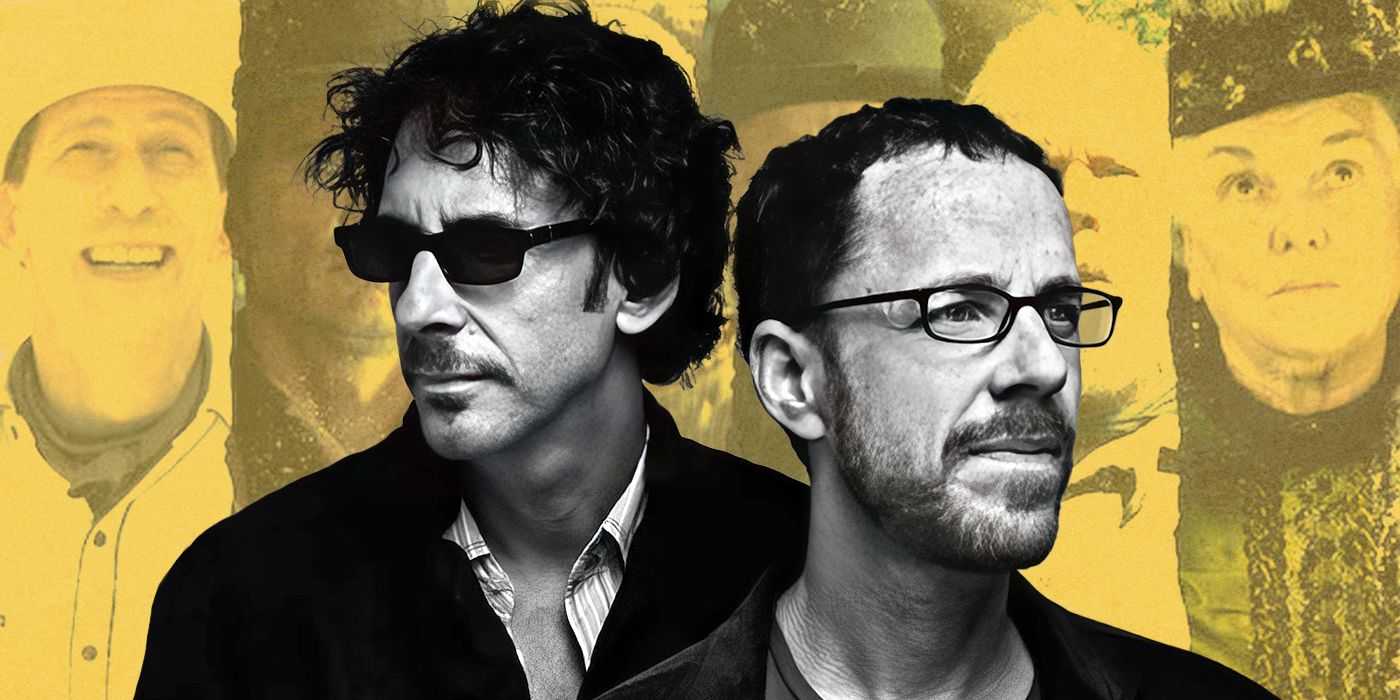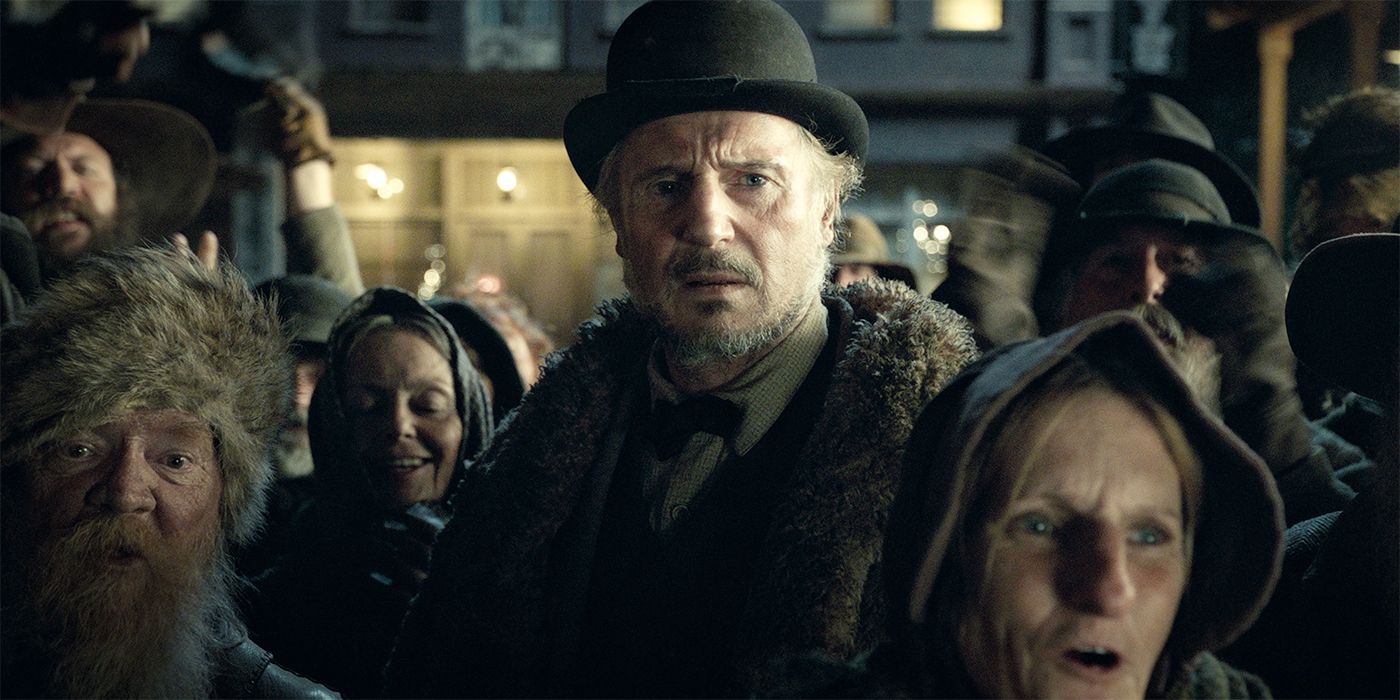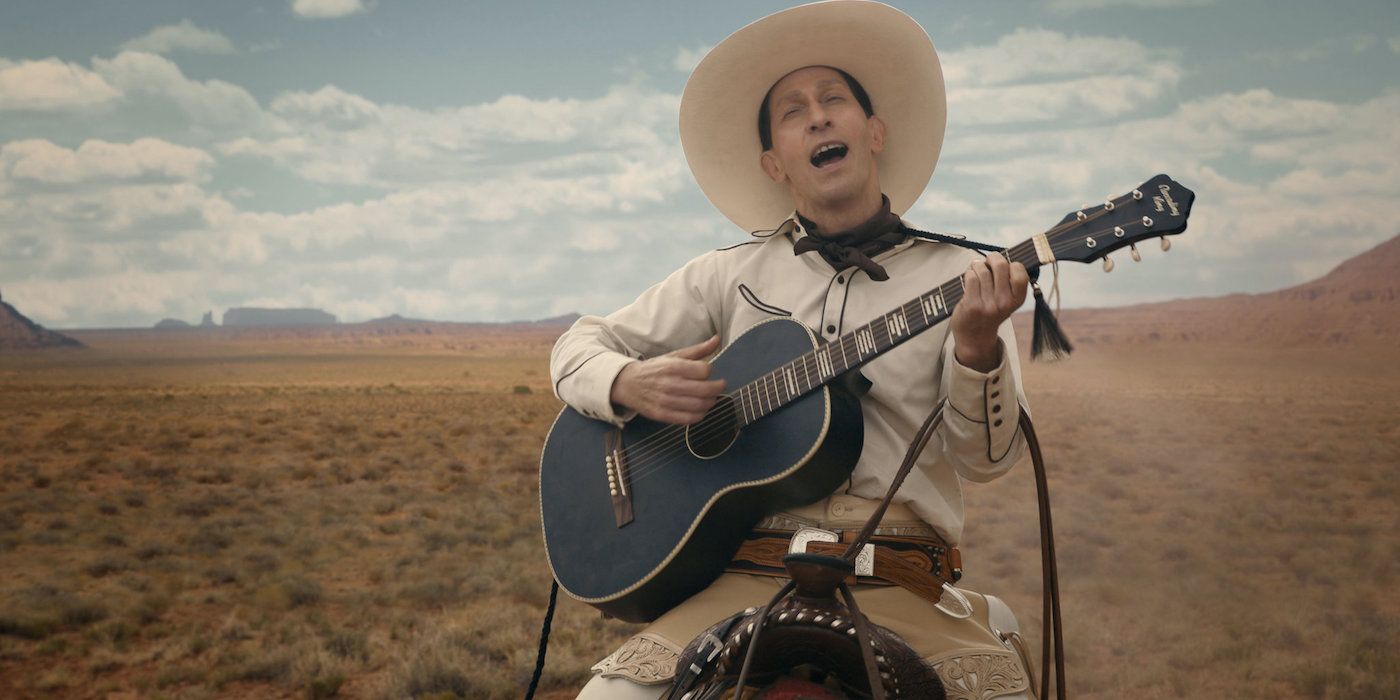The Coen Brothers are among the most acclaimed filmmakers of their era, and arguably the most famous directing duo in cinema. It’s safe to say that any body of work that contains Miller's Crossing, Fargo, The Big Lebowski, and No Country for Old Men is destined for the history books, and holding it in the highest of regards has effectively become a minimum requirement for anyone interested in film. As such, the cinephile world was understandably shocked when it was announced that The Tragedy of Macbeth would be directed only by Joel Coen, with his brother, Ethan, being entirely absent from the proceedings. The Coens have continued on these independent trajectories ever since, with Ethan currently in post-production on the comedy road film Drive-Away Dolls, the follow-up to his 2022 documentary Jerry Lee Lewis: Trouble in Mind (neither of which involved Joel). You don’t have to search far to hear whispers of a reunion, but as the years trickle onwards with no confirmation to verify these rumors, the internet finds itself moving into the acceptance stage of its Coen Brothers-inspired grief. At least we still have The Ballad of Buster Scruggs to remind us that the good times are never truly over.
'The Ballad of Buster Scruggs' Draws From Every Corner of The Coen Brothers' Filmography
In many ways, The Ballad of Buster Scruggs is the perfect encapsulation for the Coen Brothers' career. Every characteristic one associates with their films is here: genre hybridization, dark humor, pitch-perfect dialogue, a deep exploration of the American mythos that both critiques and reveries in equal measure – all portrayed with a delicious combination of nihilism and absurdism that only these Minnesota natives can do. The reason why the film accomplishes this comes down to its anthology structure, weaving together six vignettes to explore the entire range of the American frontier. While these storylines share some degree of thematic overlap, narrative connections are nonexistent, allowing the Coens to jump between an eclectic array of styles and moods that sees them pulling from every corner of their filmography. A greatest hits collection compiled from thirty-four years’ worth of amazing films? What’s not to love?
While the release of a new Coen Brothers film always attracts attention, The Ballad of Buster Scruggs did so with an underlying sense of cautious unease. Yes, it was warmly received by critics and performed modestly well on the festivals circuit (notably winning the Best Screenplay Award at Venice Film Festival), but no one was talking about it without making reference to the unusual choice for funding and distribution that the Coens had opted for – Netflix. While the term “Netflix Original Film” is now a familiar sight for anyone who partakes in movie watching, back in the late 2010s it still carried all the derogatory terms that had once applied to “direct-to-DVD”, with entire swathes of the industry fiercely opposed to the popularization of streaming services before a certain global pandemic brought the matter to a swift conclusion.
In this regard, The Ballad of Buster Scruggs was a milestone for the company, boasting an unprecedented level of A-list talent that would help transform Netflix into a haven for auteur filmmakers disillusioned by Hollywood. It was exactly this mindset that had the Coens never even bothering to take their script to major studios given the diminishing interest in mid-budget, artistically motivated films, with its production company Annapurna Pictures instead setting up a deal with Netflix almost as soon as the wheels were in motion. While the brothers expressed concerns over its limited theatrical window (a frequent one during this period that eventually persuaded Netflix to embrace wider releases), their passion to tell these stories ultimately won out… and how thankful Netflix must have been for that. The film proved essential in solidifying their place in the wider filmmaking landscape, paving the way for triumphs like Roma and The Irishman. It’s appropriate that it would be the Coens – never ones to follow trends – who would help build the groundwork for his radically new method of filmmaking.
Every Segment Has a Unique Tone, Ensuring That There’s Something Here for Everyone
But enough of the behind-the-scenes, what of the film itself? Well, it’s everything you’d expect from something that announces itself as being “written, produced and directed by Joel Coen and Ethen Coen” – it’s pretty darn good. The limited runtime of each vignette prevents any of them from being true Coen Brothers masterworks, but collectively they make for a fun excursion into the Wild West that reminds us why we love these eccentric filmmakers. Take the eponymous opening short, for example, starring the always enjoyable Tim Blake Nelson as the titular Buster Scruggs – a happy, laughing cowboy who enjoys a good song just as much as a good shootout. It’s the most cartoonish thing the Coens have ever done, and while the comedic antics of its title character would grow tiring at feature-length, they make for an amusing watch in this bite-sized serving. Curiously, Nelson was approached for the role way back in 2002 shortly after he had completed work on his other Coen Brothers film, O Brother, Where Art Thou? That’s a long time to ruminate on sixteen pages of script, and one wonders if that buildup is the source of his character's boundless energy.
The following segments apply the breaks (with varying degrees of pressure) on the film’s overt attempts at farcical humor, but as is often the case with the Coen Brothers, it remains a persistently stubborn undercurrent. The second story, “Near Algodones”, is an excellent example of this, with James Franco’s unlucky outlaw becoming entangled in a web of missteps and misfortunes that would be tragic if it wasn’t so preposterous. It reeks with Fargo-esc gallows humor – something that also pertains to the decidedly bleaker “The Gal Who Got Rattled”, where Zoe Kazan’s innoxious Alice Longabaugh learns the devasting power of happenstance in a world where people who are fine one morning can be dead the next. The sequence is easily the longest, clocking in with a runtime that is closer to an episode of a TV show (which The Ballad of Buster Scruggs was erroneously announced to be when it was first revealed). As such, it does impede the pacing that otherwise kicks along at a jaunty rhythm, but its placement as the film’s penultimate story helps negate the damage.
But anthology films work best with a vibrant mindset, and the Coens make sure to deliver on that front. “Meal Ticket”, for example, is a very dour affair, featuring the unlikely team-up of Liam Neeson and Harry Melling as a pair of traveling showmen whose partnership is built on such fragile foundations it'll inevitably have crashed and burned before the credits roll. The humor here is incredibly dark, feeling akin to a Yorgos Lanthimos film by way of McCabe & Mrs. Miller (a combination no one knew they wanted until they had it). On the flip side, we have “All Gold Canyon”, a delightful romp starring Tom Waits (having the time of his life as an aging prospector) whose easy-going vibe and joyous lead character manages to turn twenty-minutes of digging holes into the cinematic equivalent of a pleasant stroll through paradise on a warm summers day. The Ballad of Buster Scruggs has something for everyone – the best result an anthology film can have.
'The Ballad of Buster Scruggs' Would Be a Suitable Conclusion to the Coens Brothers’ Time Together
One of the most fascinating things about art is its immovability. Once a film has been released it never changes, but the world that perceives it certainly does, allowing for radical reinterpretations decades down the line in ways the director could never have imagined. In the case of The Ballad of Buster Scruggs – a film that hasn’t even turned six yet – its gradual evolution as a heartfelt coda to the Coen Brothers' career has seen time smothering it with a new layer of intrigue. It makes for an odd revisit, especially since its debut seemed to herald a new golden age for the directors. Netflix – famously and infamously – is known for giving their partners astonishing levels of creative control, enabling them to bring life to projects that would never have stood a chance otherwise. While this has seen much of their content taking the form of narcissistic driven messes that are in desperate need of a more hands-on producer, it has also proven very enticing to certain directors, with some of them – like David Fincher and Noah Baumbach – effectively working for them fulltime.
It would have been easy to imagine the Coens using The Ballad of Buster Scruggs to jettison themselves into a new era of creative freedom – perhaps one populated by their legions of unproduced screenplays that any number of streaming sites would accept in a heartbeat. But alas, no such luck. The challenging productions of The Ballad of Buster Scruggs and Hail, Caesar! (their 2016 period comedy based around the Golden Age of Hollywood) had Ethan rethinking why he was in his profession, and with the brothers both well into their sixties and not getting any younger, it was inevitable that they would take some time apart to realize their personal ambitions before age made them impossible. The Tragedy of Macbeth is one of the great Shakespeare adaptations of recent years, but would we still be saying that had one-half of its directing team been forcing themselves to find it compelling? No, we wouldn’t, and hopefully, we’ll be expressing similar sentiments when Drive-Away Dolls comes around. The Ballad of Buster Scruggs had all the makings of a new beginning for the duo. In the end, it was the complete opposite.
It's fitting, then, that it closes on “The Mortal Remains”, a grim exploration of our inherent mortality that plays out like a macabre reimagining of John Ford’s Stagecoach. The premise is simple – five diverse characters engage in conversation whilst traveling to Fort Morgan – but as the wagon clatters along, the gradual appearance of the supernatural makes the truth known. In a film where death has always been lurking on the sidelines, it makes sense that the Coens would end things on a story where the dirty work has already been done. All that remains is for two cryptic bounty hunters (bewitchingly portrayed by Jonjo O'Neill and Brendan Gleeson) to ferry their three disoriented passengers to their destination, although what will become of them once there is left unanswered. The Coens couldn’t have picked a better way to summarize and then conclude this fatalistic collection of tales, and given that The Ballad of Buster Scruggs’s tendrils stretch back throughout their entire filmography, “The Mortal Remains” feels like an appreciate curtain call for their tenure as collaborators.
The final moment says it all. After arriving at Fort Morgan, one of the passengers hesitates before stepping through the hotel door – lingering on the precipice between one stage of his life and the next. He gazes behind him to watch the wagon disappear into the night, a strange look of sentimentality across his face. And then, with a sudden burst of energy, he throws his top hat upon his head and scurries into the hotel, ready for whatever the future will bring him. It’s probably a reach to suggest that the Coen deliberately used him as a stand-in to quell their own trepidations about going it alone for their next projects… but then again, aren’t wild speculations half the fun of critical analysis? The past is the past, and the future is bright. Look ahead and keep moving.



